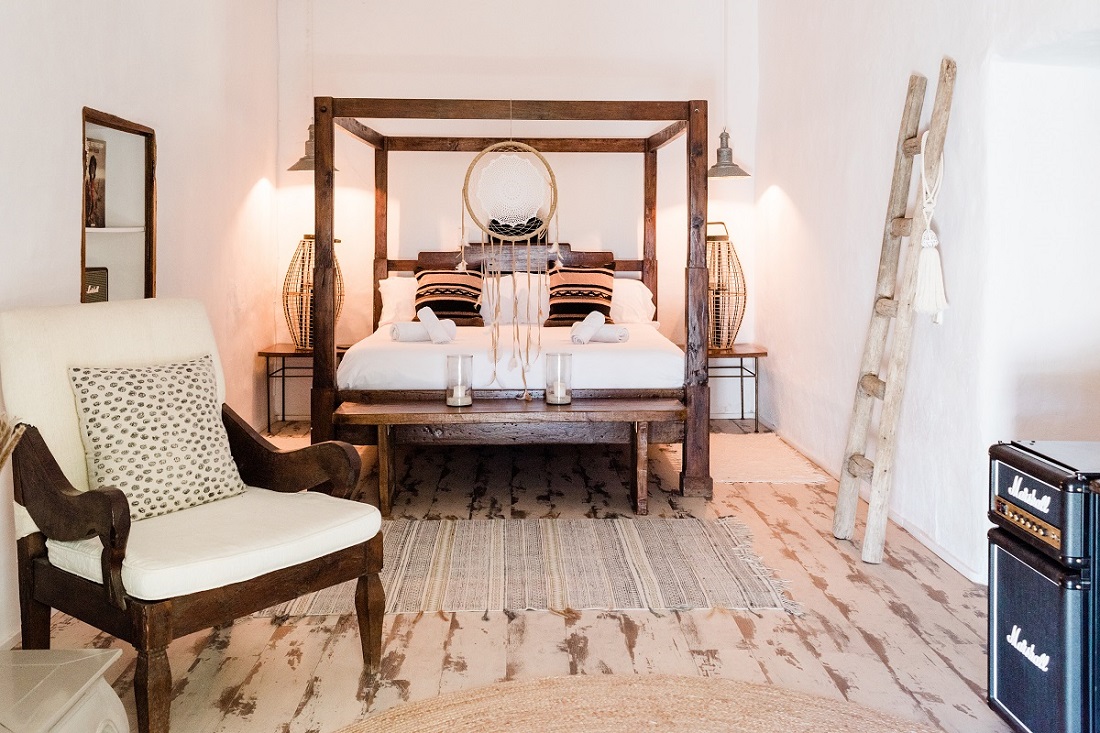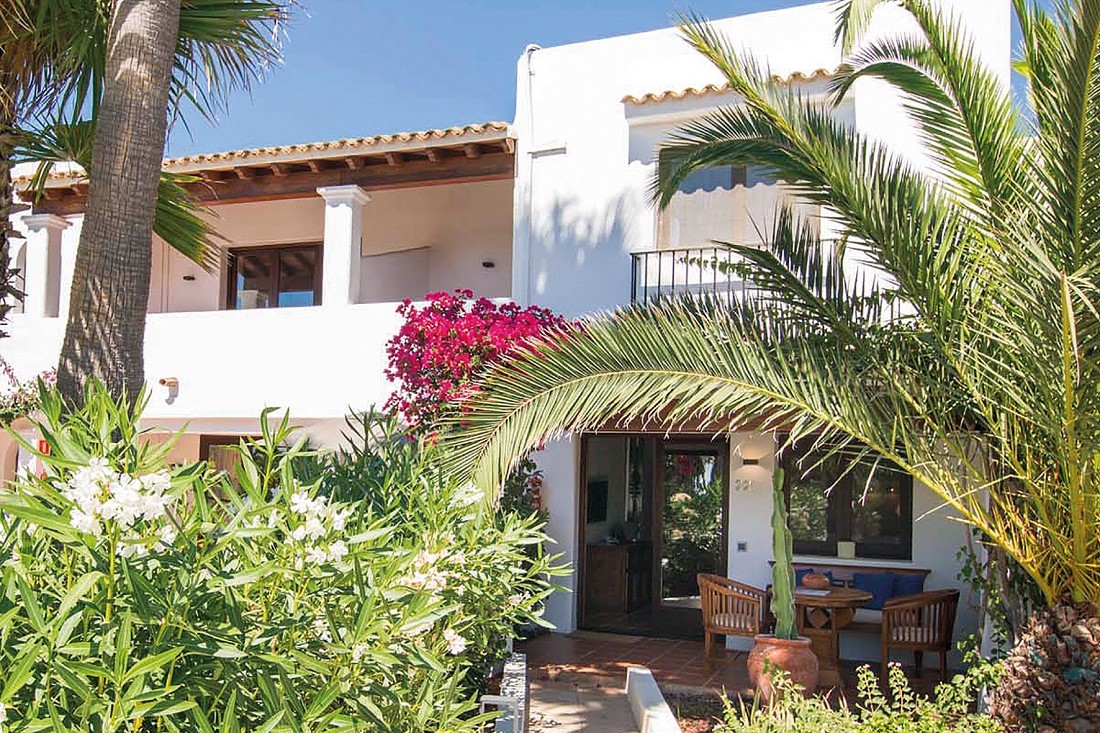
The Carthaginians arrived in Ibiza in 654. The Goths and Visigoths, Muslims and Christians followed.
Then came the Chavs, the hen and stag parties, the tattoos, the piercings, the thongs, the “full-on” party animals, the Jagerbombs, the Thirsty Thursdays and bottomless Gigglewater, the £24 G&Ts, the VIP chill pits, the ebullient non-binary scene, the re-masterings, the mixology, Deep House, Techno and the ecstasy.
But we all outgrow Amnesia and the Balearic bass beats of Fisher, Martin Garrix and Bosnia super-DJ Sebastian Gamboa. We all get tired of going to bed at 6am for five days on the trot, waking up every afternoon with a hangover that feels like an Iberian hanging cured ham has dropped on our head overnight. Our preferred nightspot becomes our bed. We become more interested in necropolis and Phoenician relics begin to fascinate.
Ibiza is not just for the young. Contrary to reputation, the infamous “party isle” actually makes you feel less old.
The older you get the more UNESCO World Cultural Heritage sites interest and are good for you.
Necropolises, Phoenician relics and the world’s second-oldest living thing – Ibizan sea grass – make you realize you’re not as old as you think.
You may sense you’re getting on a bit when your favoured nightspot is your bed. And a rave is something that happens on TripAdvisor.
And “getting it on” refers to sunblock.
But not everyone goes to Ibiza to go to bed at sunrise.
There are 80 beaches on the Med’s “White Isle”, and we knew the ones we wanted to avoid – the ones anywhere near stag and hen party gulag of San Antoni and all the others that have stamped Jack Grealish and Wayne Lineker’s wrists, boast things called “big name DJs and zingy mojitos” and are populated by TOWIE and Chavs on tour in thongs.

In short, young hangouts.
We had also researched the restaurants to avoid. The ones whose blurbs boast boho chic, multi- level eating areas, live music, a resident tattooist and whose chilled house is Techno.
Not Pouilly Fume.
Not everyone goes to Ibiza to bust a move and throw some shapes. Or stay in apartment blocks and noisy hotels which throb all day with the Balearic beat. The older stay inland in “civilized” agrotourism cans.
Can Sastre, near the racetrack, is one of the best quiet and classy but not cheap rural hotels. Casa Munich near the airport and salt pans is another. They are tranquil bases to explore old Ibiza, its serene countryside and pre- dance culture history. Starting with the Eivissa Old Town.
Originally called “Ibosim”, Dalt Vila was once one of the most important coastal cities in the Mediterranean. Its Renaissance walls were built by Kings Charles I and Philip II of Spain as defences against the French and the Ottomans.
The narrow, steep cobbled “calles” take you into ancient courtyards, through the Portal des Ses Taules drawbridge, into the Archaeological and Contemporary Art Museum, the open-air Cinema Paradiso and the new €300 a head 1742 Restaurant run by Dutch Michelin-starred chef Edwin Vinke.
If you don’t like the sound of “Phil’s All-Day Full English Breakfasts”, the best place for non-gourmet restaurant recommendations is a vineyard.
Once you’ve done the Punic sanctuaries, strolled a hippy market or two and found enough empty- beaches without the aid of a kayak or paddleboard, which is possible to do from mid-September.

After you’ve photographed the supposedly magical Illa Es Vedra at Cala (beach) Hort in the south-west, the candy-striped Portinatx lighthouse in the relatively empty and blissfully un-rowdy far north, done the Marca caves at Puerto San Miguel, toasted the sunset at Cap Hegret with some “Gigglewater” Prosecco, thrown a few “ferradures” horseshoes and attended a traditional countryside well party, you must discover DO Vino De La Tierra Ibiza at the Ibizkus tasting rooms at Santa Gertrudis, between Santa Eulalia and Ibiza Town.
It’s the best least-known Spanish wine and a bottle costs half the price of one Ibizan G&T. Jagerbombs are not the Ibizan traditional drink.
Over his squeezed monastrell and garnatxa grapes and premium gourmet sparkling “Totem”, winemaker David Lorenzo will point you towards non-ageist, popular with the locals’ xiringuito beach bars, the best places for aliolo, bullit de peix (spiced fish stew) and arros a banda (seafood-infused rice).
These include Rebrots, Restaurante Salvado at Pou des Lleo and the grilled meat specialist Pilot in San Rafael, near Can Sastre. His wines provide a special mellow Ibizan buzz.
The young don’t own the monopolyon buzzy places. And “buzzy”, for those of a certain age, doesn’t necessarily mean bite and sting creams and wasting the hire car on a tour of the local pharmacists. You can get a buzz from old-fashioned culture.
Ibizan wine will also give you some Dutch courage to ask your gracious Dutch host at Can Sastra, Raymond Van Der Hoort, to temporarily mute his “laid back vibe” playlist or turn off the Lemongrass, Mystical Dimensions and Triangle Sun.
And, when he asks what music you prefer, say “The Cicadas will do.”
Author Bio:
Kevin Pilley is a former professional cricketer and chief staff writer of PUNCH magazine. His humour, travel, food and drink work appears worldwide and he has been published in over 800 titles.
Photographs courtesy of Can Sastre and Casa Munich


Be the first to comment